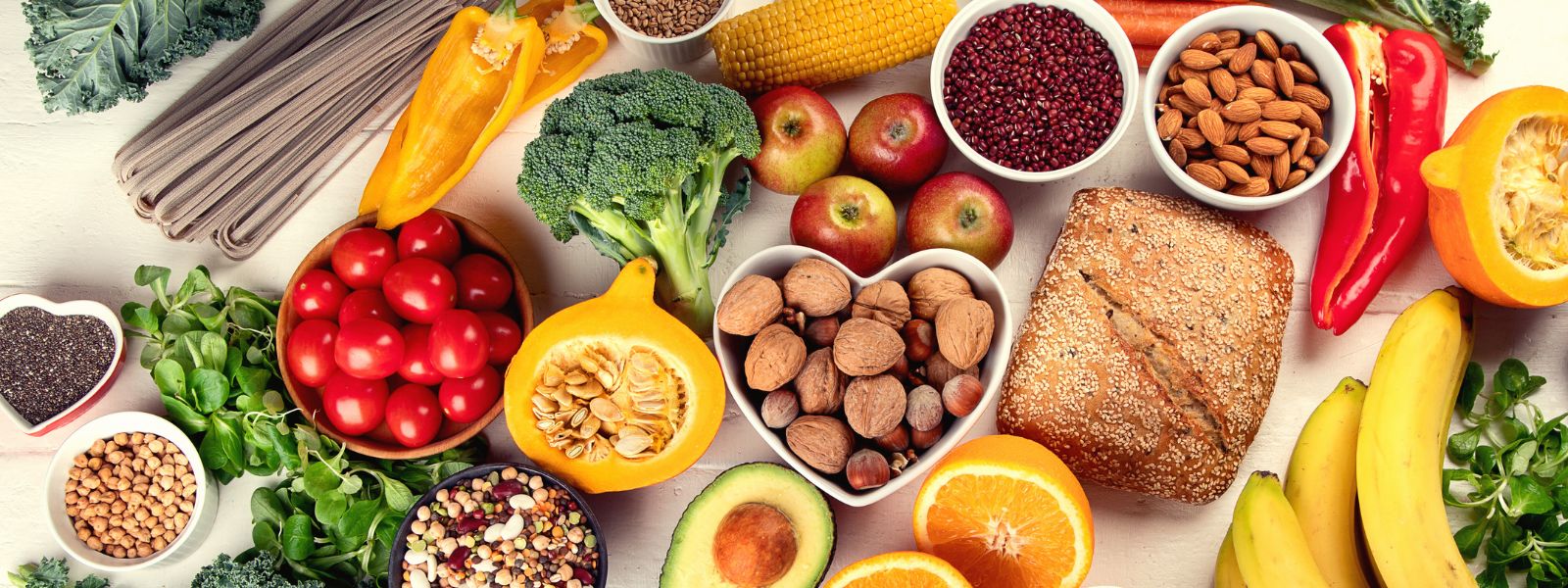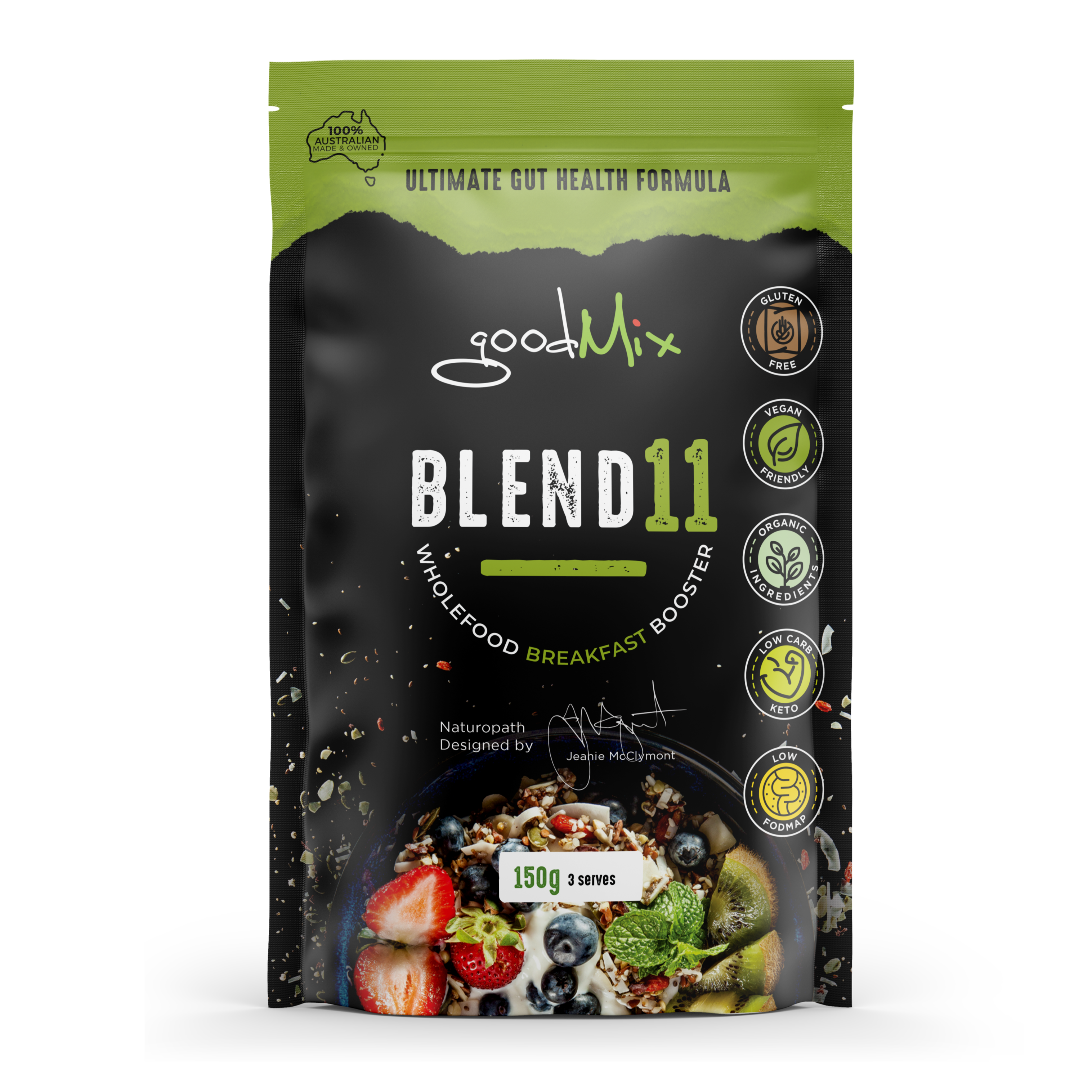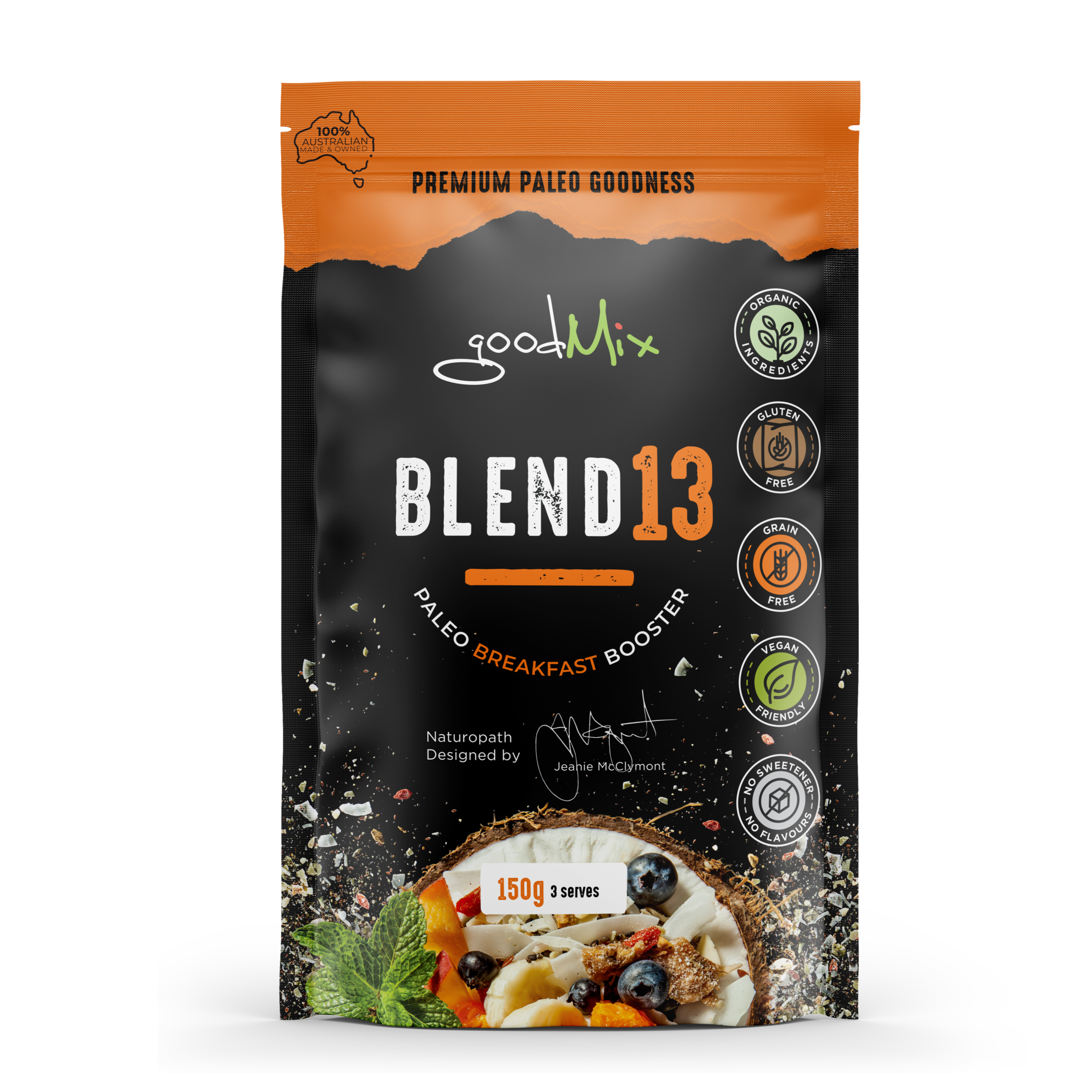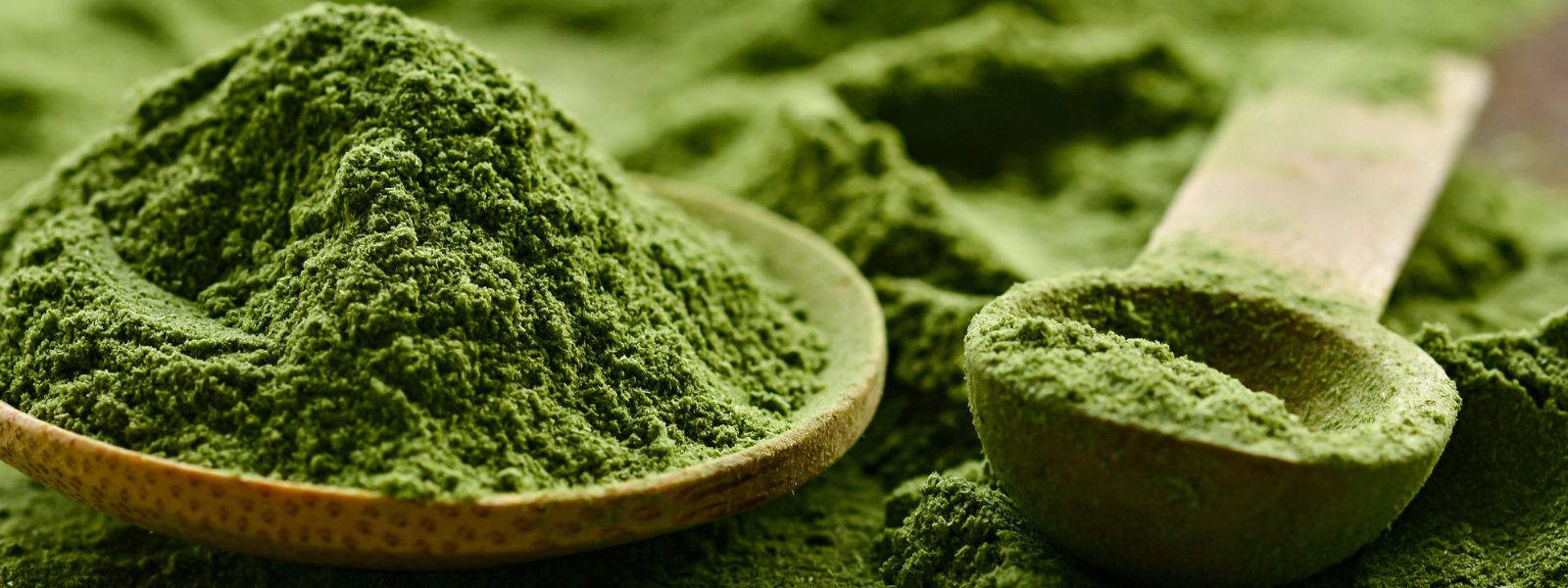
Acid and Alkaline Foods List: What Is The Alkaline Diet?
What do people really mean when they talk about an ‘Alkaline Diet’? It’s promoted as a cure all - the miraculous answer to every ailment you can think of, going through cycles of popularity - but the way it works is usually poorly understood. Here’s the basic run down - maintaining optimal pH throughout our bodies is important, and yes, diet plays a supporting role in this - but mainly it’s our own inbuilt systems that are handling it. Diet can be a great ‘back up system’!
What Is pH & Why Is It Important In Our Body?
pH is a measure of how acidic or alkaline something is (remember, back in highschool science?) Our bodies work hard to maintain the right pH balance with complex buffering systems in place. Some areas in our body work best when more acidic (ie our stomach & large intestine, skin, vagina). Some areas work best when more alkaline ie muscles, bones, small intestine). When things get out of whack and our bodies' buffering systems get overwhelmed, we call it ‘low-grade metabolic acidosis’, and this can have consequences if allowed to continue too long.
An Acidic Body? How Does it Happen?
Imagine your body as a busy factory constantly breaking down food to produce energy & conduct movement etc. These metabolic processes create acids as byproducts. Our bodies have buffering systems to get rid of these acids and keep our pH levels in check. When we consistently consume too many acid-forming foods and not enough alkaline-forming ones, our bodies begin to struggle to keep up. It's like asking a small team to handle a mountain of work – eventually, they'll just get overwhelmed. Buffering burn-out!
The Role of Diet In Influencing pH
So, what kind of foods contribute to this imbalance? Highly acid-forming foods include things like processed meats, hard cheeses like parmesan, sugary drinks, alcohol, cakes, biscuits, lollies, bread, pasta, refined grains, and excess animal protein. Alkaline-forming foods like fruits, vegetables, nuts, and seeds help balance things out. One is not all bad, one is not all good - but in terms of pH maintenance, a balanced diet is good.
When our diet tips too far towards acid-forming foods, for too long, it puts extra strain on our body's buffering systems. These systems work hard to neutralize the acids. If overworked, they can start ‘borrowing’ resources from muscles, bones, and connective tissues to combat the acidity.
The Consequences Of Acidosis
Low-grade metabolic acidosis can have some serious consequences over time, and as ageing is associated with decreased kidney function, older adults are more susceptible to metabolic acidosis. This can exacerbate / accelerate…
- Weakening muscles and bones
- Risk of osteoporosis
- Muscle loss
- Insulin resistance
- Type 2 diabetes
- Formation of kidney stones
- Gout
- Mineral deficiencies
How Can We Prevent It?
The good news is that we can take steps to prevent or reduce low-grade metabolic acidosis:
- Eat a Balanced Diet: Include plenty of alkaline-forming foods like fruits, vegetables, nuts, and seeds in your meals. Try to limit processed meats, sugary food & drink, alcohol, cheeses and refined grains if you know you tend to rely on these as dietary staples. They need to be balanced with more alkaline foods (see list below).
- Be mindful of eating plenty of protein (this is crucial to maintaining health, immunity & structure) but not an excess of animal protein to your needs. (Seek personalised advice from a diet / fitness professional if unsure).
- Stay Hydrated: Drinking enough water helps flush out acids from your body and keeps your kidneys happy. Bonus points for spring water rich in alkaline minerals. Elderly need to be extra careful with hydration.
- Consider Supplements: In some cases, adding alkaline-forming supplements like calcium, magnesium, and potassium can help balance your pH levels (esp in people resistant to dietary changes).
- Monitor Your Health: If you're concerned about your pH balance or experiencing symptoms you think may be related to excess acidity, talk to your healthcare provider or a diet professional for some personalised advice.
By making balanced dietary choices and supporting our body's natural buffering systems, we can stay out of metabolic acidosis and maintain health. It's all about finding that balance! If you look at the list of alkaline foods, you’ll notice that we already know they’re healthy for us, nothing really ground breaking - just another good reason to include lots of them in your diet :)
pH Tip - the goodMix seed blends (Blend11 & Blend13) are both great choices for alkaline forming plant based protein (plus a whole host of other benefits), and Greens Plus Aloe is rich in alkaline forming minerals. You can try some pant based burger patties in stead of mince ones (or combine both!) Quick, easy ways to support your pH buffering systems & prevent the issues associated with low grade metabolic acidosis.
Acid and Alkaline Food List


Deeper dive info for all the science nerds!
https://www.sciencedirect.com/science/article/abs/pii/S0002822395002197




